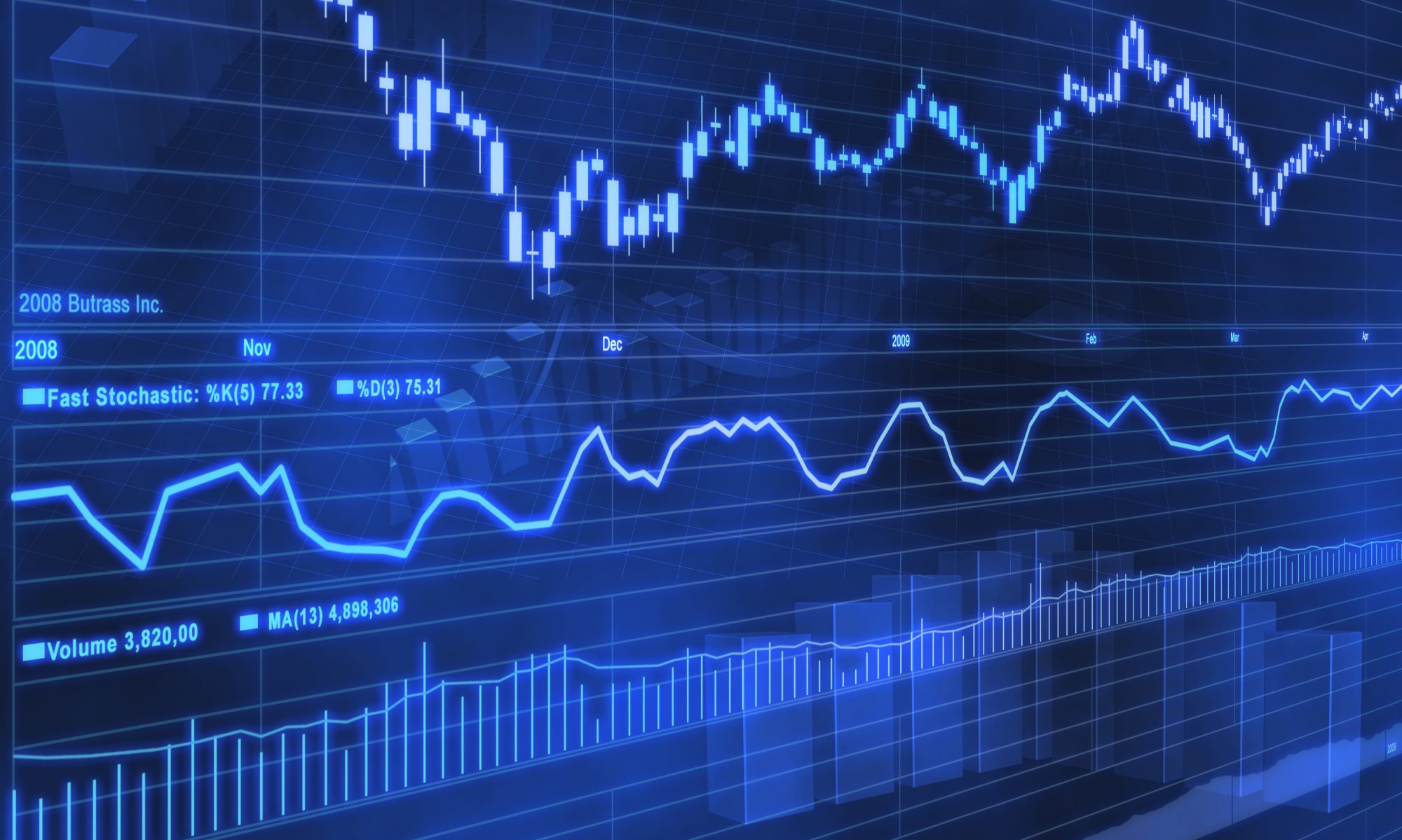While there is no doubt that day traders are alive and kicking the recent trend seems to be towards passive investment via the use of exchange traded funds (EFTs). Whether it is the fact that the DJIA index has hit a recent high or difficulty in finding tradable stocks there is evidence to suggest that passive investment is taking over. Since 2007 the outflow of funds from actively managed funds has hit $1.2 trillion while fund inflows into index trackers and EFTs were more than $1.4 trillion over the period. So, are we seeing a more long term move towards passive investment or is this simply a short-term trend?
Volatility of performance
Since time began certain areas of the market have performed better than others during different economic cycles. This is the norm, this will not change but some traders are finding it more difficult to spot the hidden gems which have created significant returns in the past. However, on the flip side of the coin, volatility is the key to day trading success so is it really down to the quality of stock picking?

The Internet has changed the way we live, the way we shop and the way we invest in the stock market. Information is now readily available to the masses when in times gone by it was perhaps only available to a select few. The increase in competition among online trading facilities has cut profit margins to the bone which is good for day trading costs. So, why have we seen a shift towards more passive investment?
Difficult economic times playing a role
At the moment all of the focus is upon President Trump and his array of “different” policies which are impacting not only everyday life but also stock investment decisions. While many would have you believe Donald Trump is good for the economy and good for the stock market, he has shown himself to be something of a loose cannon and it is difficult to predict with any confidence what he will do next. Against this background, more confident day traders will be rubbing their hands because we will see volatility, we will see stocks react to different policies and there will be opportunities to make significant gains.
If we look back to the 1980s, daytrading was just starting to come into its own, proving to be extremely popular as stock markets were flying high. Changing market conditions in the 1990s perhaps curtailed the short-term increase in the number of day traders and the last decade has proved difficult. We have seen technology booms come and go, housing issues drag down markets and the worldwide economy go into reverse. As investors become more aware of their long-term goals and perhaps more “risk averse” it is maybe no surprise to learn that a greater number are now looking towards more passive investment?
Conclusion
Statistics show there has been an increase in fund flows towards EFTs, and significant outflows from managed funds, but perhaps we are missing the point? Daytrading is an art but many people seem to have had their fingers burnt and are therefore now looking towards more passive investment. There will always remain a strong and vibrant core of day traders and in reality recent and forecast volatility on stock markets will have them rubbing their hands in anticipation.

